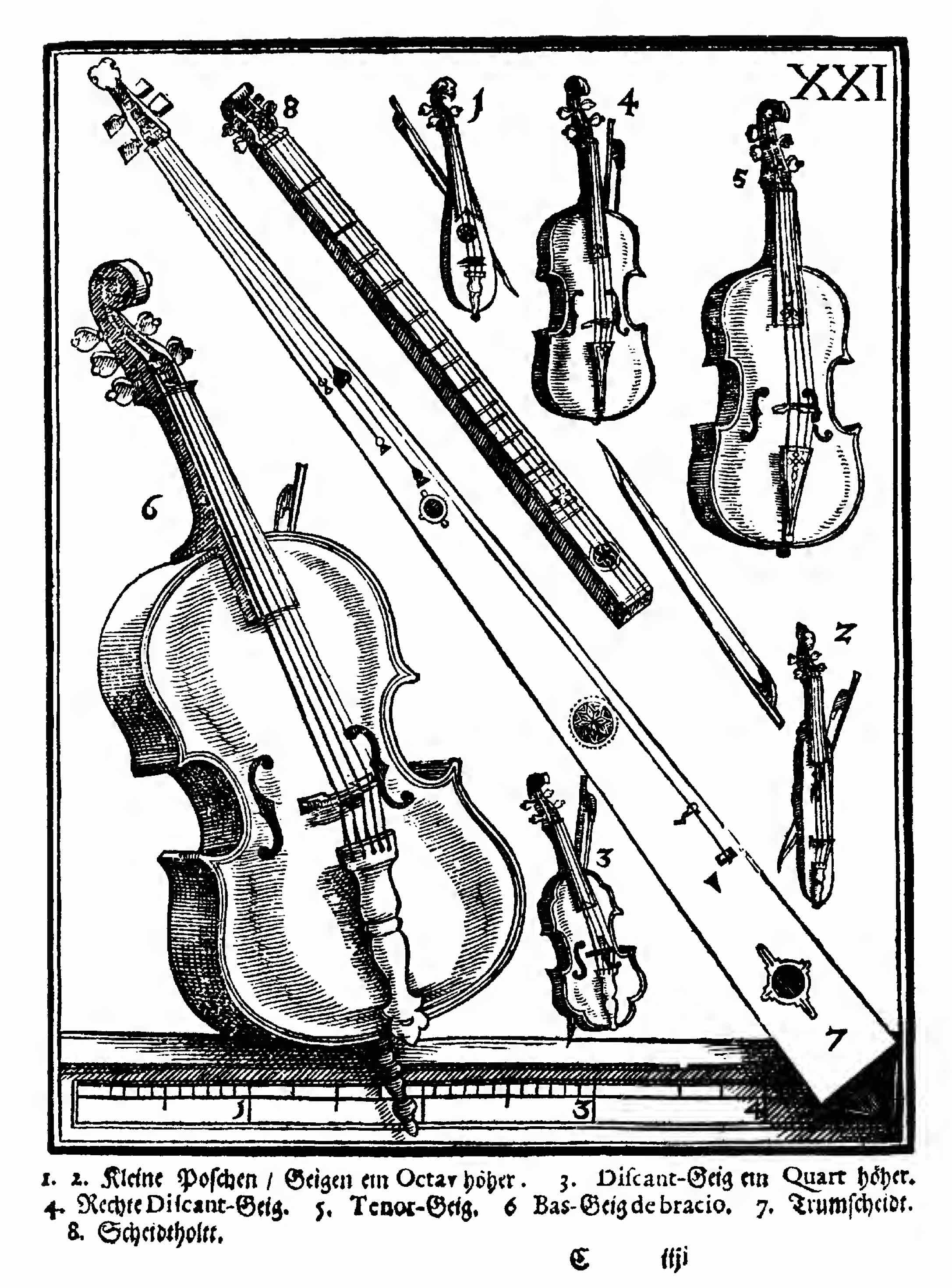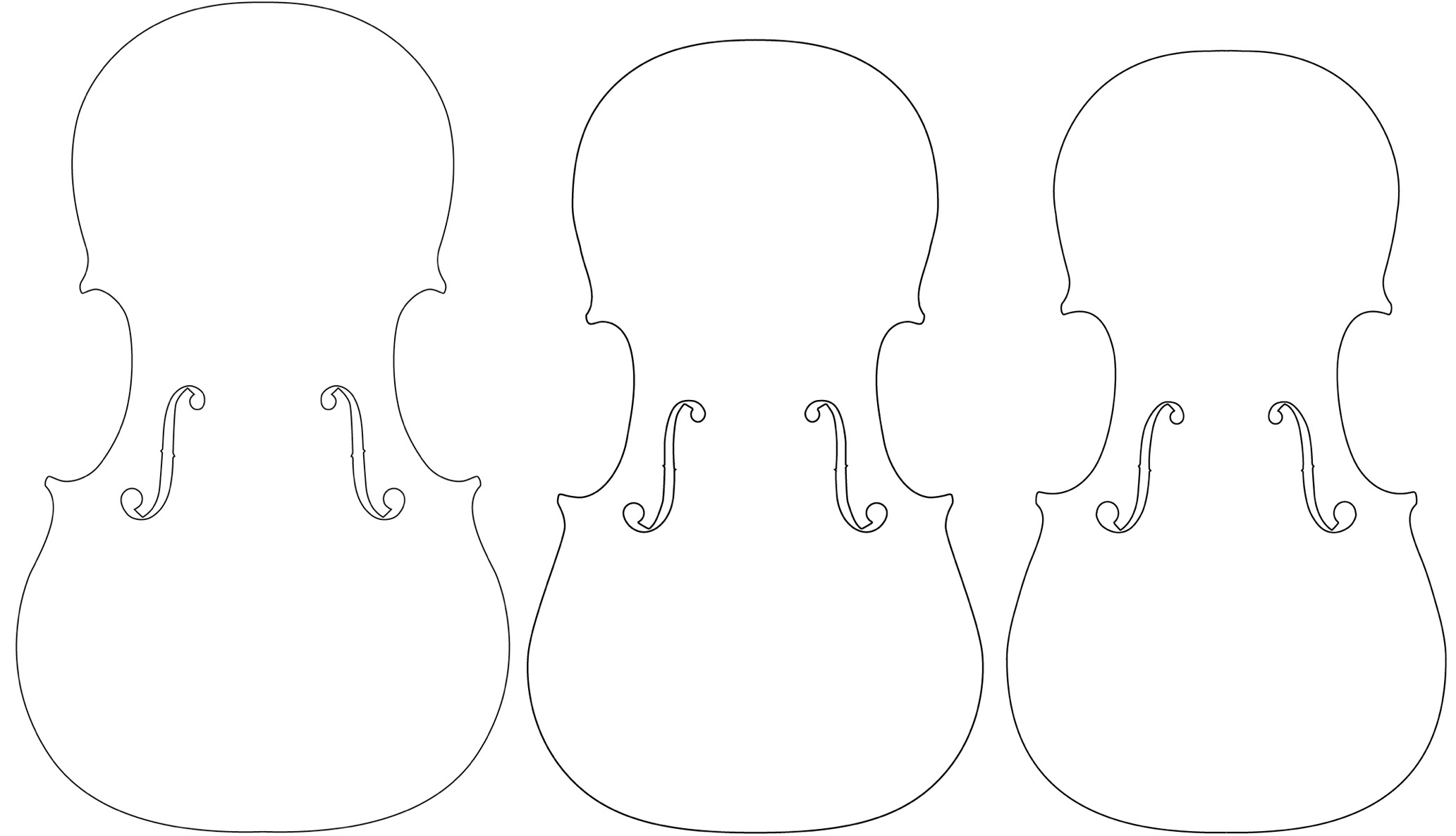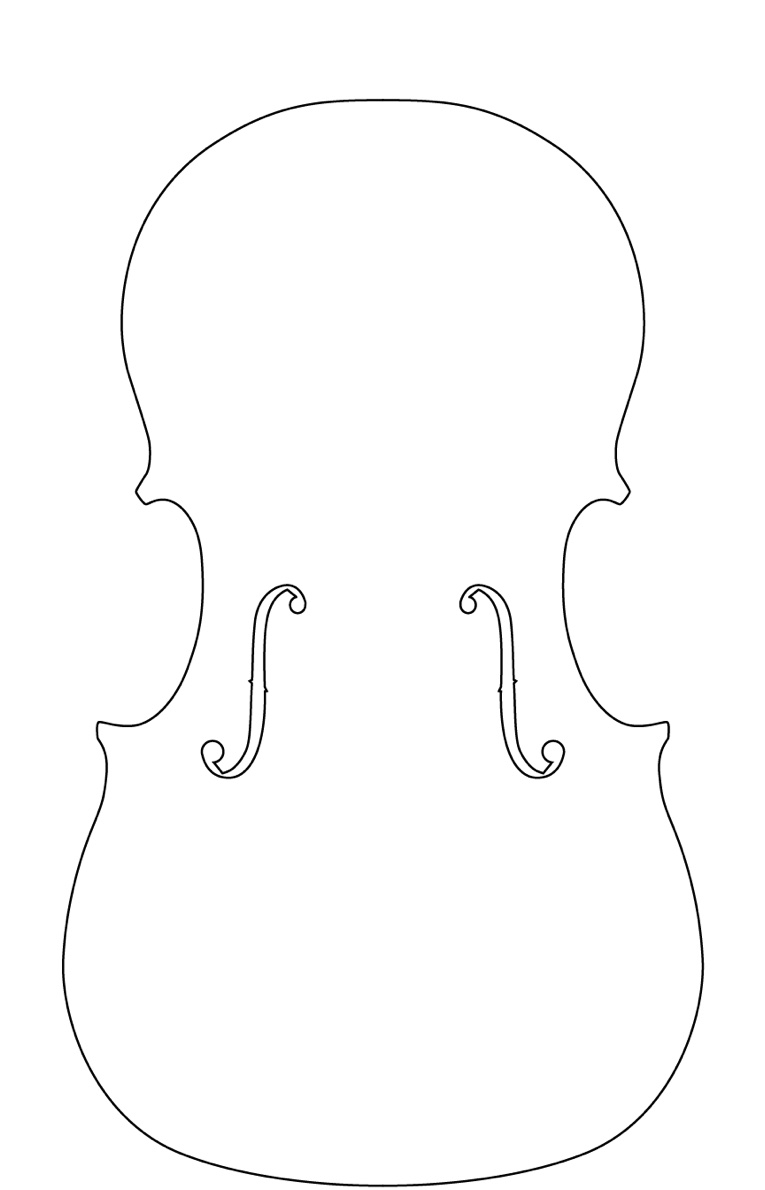Notes
1. Bonta, Stephen, Terminology for the Bass Violin in Seventeenth-Century Italy, Journal of the American Instrument Society 4, 1978.
2. Bonta, Stephen, From Violone to Violoncello: A Question of Strings?, Journal of the American Instrument Society 3, 1977.
3. Houël, Roland, Reconstitution d’un Violoncelle d’Andrea Amati, p. 76.
4. Iconography of the period from Italian, German and Dutch sources also commonly shows instruments of similar model and dimensions with five strings.
5. Most likely intended as a violoncello piccolo with a back length of 70.7 cm
6. With a back length of approximately 74–75 cm.
7. See the ‘Flat back, Betts, Iswaki’ cello of c. 1670, which originally had a flat back
8. Blot, Eric, Liutai in Brescia (1520–1724), Eric Blot Edizioni, p. 112
9. Padoan, Maurizio, La Musica in S. Maria Maggiore a Bergamo nel periodo di Giovanni Cavaccio (1598–1626), Como, A.M.I.S., 1983.
10. There are roughly equal numbers of ‘cellos’ attributable to Gaspar as there are cellos by Antonio and the Brothers Amati up to 1610. For violins the ratio is closer to 1:5.
11. Huggins, Margaret L., Gio Paolo Maggini, His Life and Work, W.E. Hill & Sons, London, 1892.


